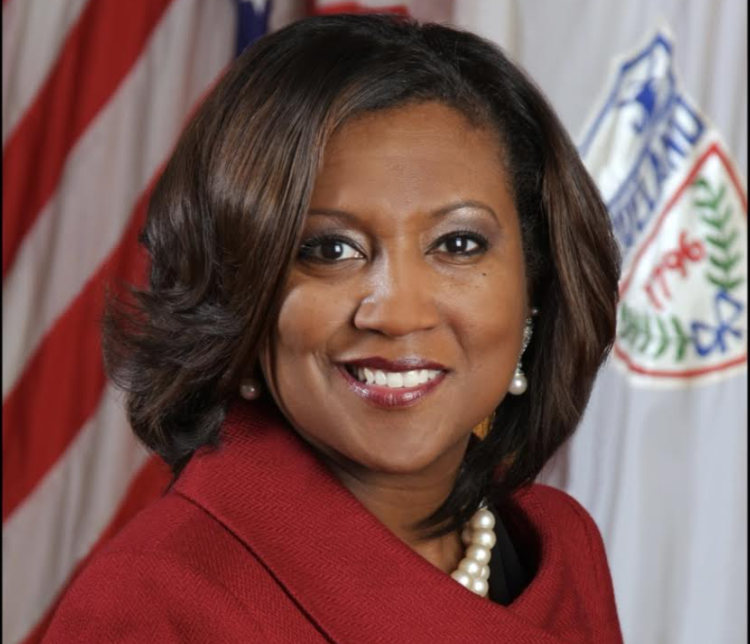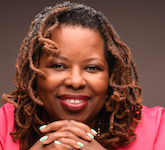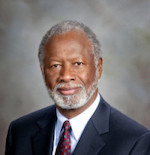Photo: Courtesy of the Ohio Supreme Court
The University of Virginia Center for Politics, well known for its Sabato’s Crystal Ball political forecasting and newsletter, has included Ohio on its shortlist of states with competitive supreme court races this November.
Senior columnist Louis Jacobson wrote in a recent post that about two thirds of states will have a supreme court election this year, and eight of those are worth monitoring. He notes that court races tend to stay under the radar, but the stakes are higher this year than most. With questions about voting, redistricting and abortion access all swirling, the Ohio high courts’ composition will be extremely important in coming years.
Jacobson highlights North Carolina, Ohio, Illinois, Montana, Michigan, Kentucky, New Mexico, and Arkansas as states “likeliest to have at least one genuinely competitive race” in this year’s general election. Crystal Ball forecasts often describe races as “safe” “likely” or “leans” for either party with “toss-up” for those that are too close to call. In the case of the supreme court contests, Jacobson doesn’t follow that rubric, but describes the list above as a rough approximation of their prominence in descending order.
Ohio voters will see three supreme court races on November’s ballot. The first pits two sitting justices, Republican Sharon Kennedy and Democrat Jennifer Brunner, against one another for the position of chief justice. The current chief justice Maureen O’Connor is stepping down due to Ohio’s mandatory retirement age laws.
The other two races involve Republican incumbent justices, Pat DeWine and Pat Fischer, running against state appellate judges Marilyn Zayas and Terri Jamison, respectively.
Jacobson notes Democrats in Ohio have done relatively well in recent cycles, picking up a total of three seats over the last two elections. But Republicans are animated after a protracted redistricting fight, and at least in the primary, GOP turnout was up compared to the previous cycle.
Crystal Ball managing editor Kyle Kondik has deep roots in Ohio and he notes the inclusion of party labels for the first time this year will likely benefit Republicans. It’s a policy change he favors, noting that if candidates make the general election ballot in party primaries, voters should know which party they represent come Election Day.
“So, was it a self-serving decision by Republicans? Yeah,” he said. “But was it a good idea to give voters that information? Yes, probably.”
The Republican candidates also hold a significant advantage when it comes to campaign funds, and Jacobson adds two other potential hurdles for the Democratic candidates to overcome. Republican lawmakers have placed two initiatives on the ballot that seem likely to further drive GOP turnout. One would direct judges to consider public safety when setting bail for pre-trial release, and the other would explicitly prohibit non-citizens — already barred in federal and state contests — from voting in municipal elections.
• • •• • •
This story is provided by Ohio Capital Journal, a part of States Newsroom, a national 501 (c)(3) nonprofit. See the original story here.



















